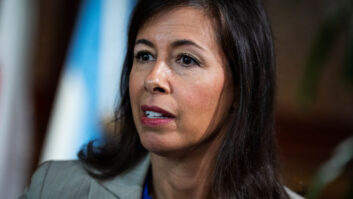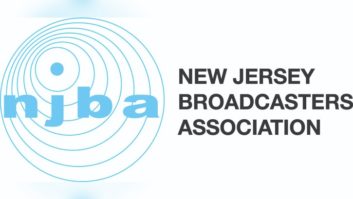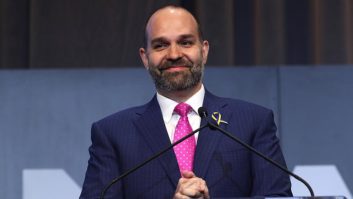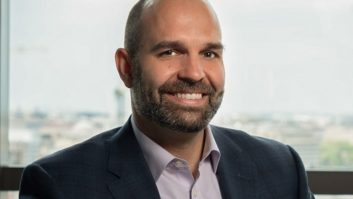An act of localism
Mar 1, 2005 12:00 PM, Chriss Scherer, editor
It’s been almost six months since the November elections, but there is a new-found debate making the rounds that is tied to the election. It’s not a hanging chads or uncounted ballots this time, instead it’s all about television coverage about candidates and issues.
Following the last election, the Norman Lear Center presented the findings of its ongoing study of media coverage of the elections. While it’s easy to shrug this off as a problem for TV, there is a strong potential for radio to feel the effects of any resulting FCC or congressional action. The report finds that a viewer of local news sees less than three minutes of campaign coverage per half hour of evening news, on average, but just over four minutes of paid political advertising aired during the same half-hours.

While the data gathered is likely accurate, the conclusions being drawn by legislators are troublesome.
The most prominent action taken as a result of the survey is from Senator John McCain, who has introduced the Localism in Broadcasting Reform Act of 2005. In a speech he delivered before introducing the bill, McCain cited his reasons for proposing the legislation. He noted the political ads to candidate news ratio. His conclusion is that because the stations were not covering the candidates, the candidates were forced to spend more than $1.6 billion on television ads in 2004.
I completely disagree with McCain. Regardless of the news coverage, candidates will buy commercials. In addition, the candidates are able to purchase the airtime at the lowest unit rate. That’s usually a bargain.
The reality is that there is little to cover about the candidates in an election. Why should broadcasters devote the air time to deliver the same information?
Broadcasters serve the public interest. If what is delivered is not of interest to the public, the listener or viewer will go elsewhere. The ratings will reflect this.
The Lear survey considered 11 markets and 44 TV stations. This survey sample is too small to form an accurate national trend because there are hundreds of markets in the country and more than a thousand TV stations.
McCain is also concerned about the content of the broadcasts devoting eight times the coverage to stories on accidental injuries that they did to the candidates. As McCain put it, �if a local candidate wants to be on television and cannot afford to advertise, his only hope may be to have a freak accident.�
Don’t give us any ideas, Senator.
The survey should have asked the viewers what they want to see. It’s possible that the viewers didn’t want to hear the repeated rhetoric from the candidates.
To add to this, FCC Commissioner Jonathan Adelstein voiced his support of McCain’s ideas. Adelstein noted that voluntary measures are preferable, but the results of the survey prove that government intervention is required to ensure that �the public gets more back in exchange for the free use of their airwaves.�
This is just what we need: more misguided government regulation of the airwaves.
McCain is now party to two bills that affect broadcasters. One on localism–spurred by the myopic USC study–and another on LPFM. Both deal with issues that politicians hope will be a rallying cry for public support: serve the public interest. The reality is that these efforts will serve the politicians as their own rallying cry in the next election: vote for me.
Follow-up:
In the January issue I discussed some of the various digital radio systems in development, including Kahn’s Cam-D. To spread the word of his work, Kahn has launched WrathofKahn.org, which features information about the Cam-D installations.












